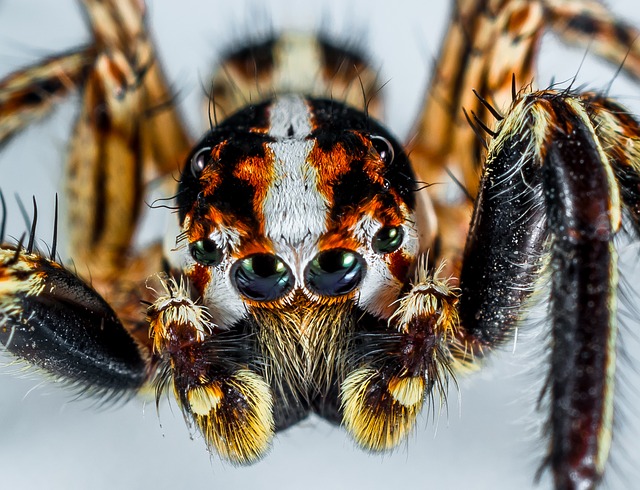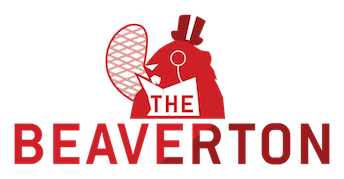


OTTAWA, ON – A new report out of the National Research Council says that the solution to growing challenges in transportation and food sectors may well be the same thing: giant spiders. With fossil fuels destroying our environment and food prices rising quickly around the world, a team of multidisciplinary scientists determined that breeding spiders over 2 meters tall would be big enough to carry and eventually feed a family of four.
Lead NSERC Scientist Dr. Derek Daniels said, “We have so many spiders inside and outside our homes. It is time we put them to use. They are a natural, renewable resource that will require only a new kind of giant fly to be bred in conjunction with our proposed giant spider program.”
The project, designed by a top team of nutritionists, biologists, engineers, urban designers and horror film enthusiasts, features the slow phasing out of all polluting cars, both gas and electric, by 2035. Each person will be given a younger spider, the size of a fridge, to raise and train to be ridden. The group estimates these monstrous spiders will be able to go over 60 km/h for hours at a time with the strength to easily lift and carry a family of four once they reach full maturity, which the group went out of their way to assure us would not be horrifying.
In a similar timeframe, all meats in the grocery store, an equally grave contributor to the climate crisis, will be replaced with spider legs and thorax steaks. The group projects that two major environmentally damaging practices can be solved with one colossal, multi-eyed solution: a nimble spider the size of an elephant in every driveway.
Biologist Dr. Susanna Maltin said, “One big advantage is that each spider can lay up to 1000 eggs. In no time, the world will be swarmed with giant spiders either fitted with saddles and strolling down Main Street or sent to the processing plants to be turned into burgers and stews. This is assuming we solve the problem of their three-story spider webs, which should be relatively trivial. The Arachnological Age looks bright!”
The report indicates that spider species not under consideration for the program are anything poisonous like the Brown Recluse or anything “freaky-deaky” like a Daddy Long-Legs, but the leading candidate is the tarantula, already a mainstay at local pet stores. They have the highest public acceptance rate of any spider at 0.2%.
In response to questions about whether giant spiders can even be domesticated, Lead Scientist Daniels replied, “Probably? How hard could it be? Though I’ll be honest I expected more questions or pushback about eating them. Everyone seems to be ok with it in a way I didn’t expect.”


